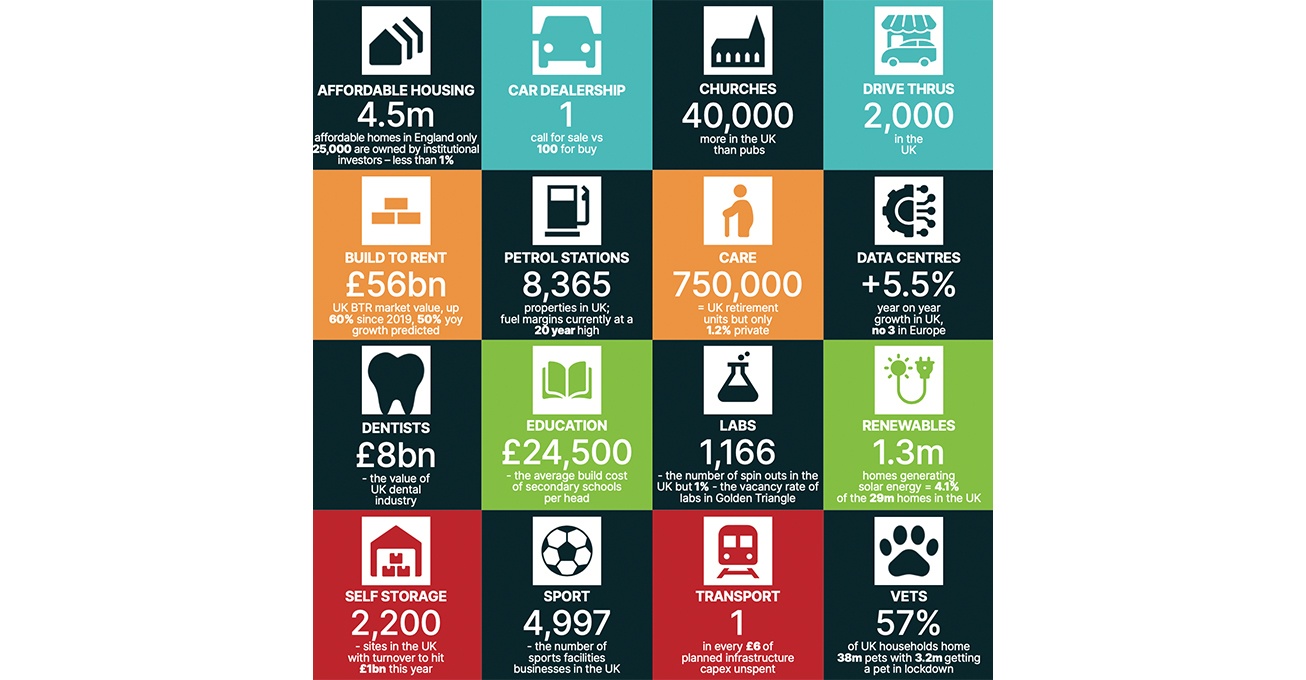 The Scottish Widows Investor Confidence Barometer has uncovered that nearly three-quarters (74%) of surveyed Financial Advisers believe that the advice gap is their problem.
The Scottish Widows Investor Confidence Barometer has uncovered that nearly three-quarters (74%) of surveyed Financial Advisers believe that the advice gap is their problem.
When asked who has the greatest potential to make progress in closing the gap, the most common answer was advisers themselves (44%). A further 1 in 5 (20%) of surveyed advisers see technology, including AI, as having the greatest potential to shrink the gap.
The same figure (20%) feel that established savings providers can make the biggest impact. Only 13%, however, felt that regulation offered the most potential to close the gap.
Which gap: price or perception?
Access to financial advice for investors with smaller portfolios has historically been limited. However, a majority (68%) of surveyed advisers said that they now provide a specific proposition for investors with portfolios under £50k. A further 19% said they were considering introducing such a proposition. Encouragingly, a significant majority (87%) of surveyed advisers said they believed that retail bank D2C propositions for sub-£50k portfolios were beneficial in introducing consumers to investing, and by extension the advice industry, by helping them to accumulate wealth.
A majority (40%) of non-advised investors with portfolios of a minimum of £100,000 in investable assets cite cost as the biggest barrier to paying for financial advice, as it is too expensive, but there are other factors at play. A significant minority (28%) are not convinced advice would save them money, while 15% don’t see the value financial advice would bring them. There remains scope for advisers to convince investors of the value of financial advice, as only just over a quarter (26%) of surveyed non-advised investors categorically state that they don’t want to pay for advice. These figures suggest that while the perception is that many investors do not seek advice because they can’t afford it, instead non-advised investors are sceptical of the value of advice.
The majority (87%) of surveyed advisers believe they add between 2.1% and 4% in value per annum to clients’ portfolios. This confidence is mirrored by surveyed advised clients, with a significant majority (82%) agreeing that the advice they receive represents good value for money. There is a clear difference in the perceived value of advice between advised and non-advised investors. This presents both a challenge and an opportunity for advisers: not just in making advice more affordable, but in communicating its value more effectively.
Consumer Duty could have a mixed impact on the advice gap
Consumer Duty has sharpened the need for advisers to demonstrate the value to the consumer that their advice services deliver. The barometer has shown however that there are mixed views on the impact of the Consumer Duty on the advice gap. Encouragingly, more than half (52%) of surveyed non-advised investors agree the new Duty would make them more likely to seek advice on their investments.
However, the additional workload compliance that Consumer Duty demands may be placing increased administrative burden on advisers. Nearly three-quarters (74%) of advisers surveyed say they have increased their minimum portfolio size in the past twelve months.
Jamie Drewett, Scottish Widows, Head of Intermediary Sales said: “The advice gap is a particularly pressing issue in times of high inflation, when some investors with lower-value portfolios are at risk of seeing their predominantly cash-based savings slowly erode in value. It’s great to see advisers stepping up to the challenge by building out lower-value portfolio propositions. Outsourced investment solutions, digital platforms, and online communication channels all help to open up options for taking on lower-value clients.
The latest evidence from our survey supports the view that advice is demonstrably valuable and advised client satisfaction remains high. However, there is a perception gap around value with some non-advised investors, and we’re looking at ways of supporting our advisers in championing the value of advice to bridge that gap.”






